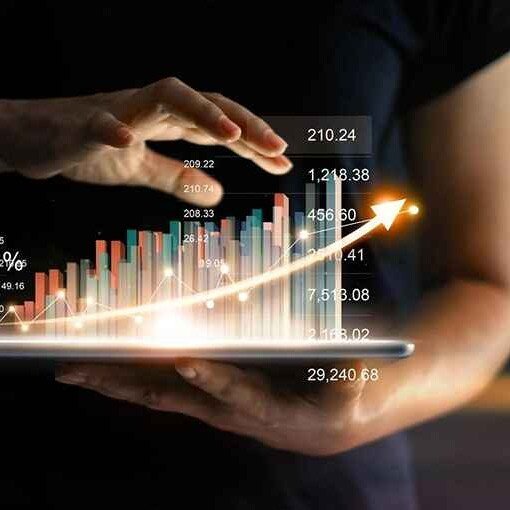Jump to...
Data
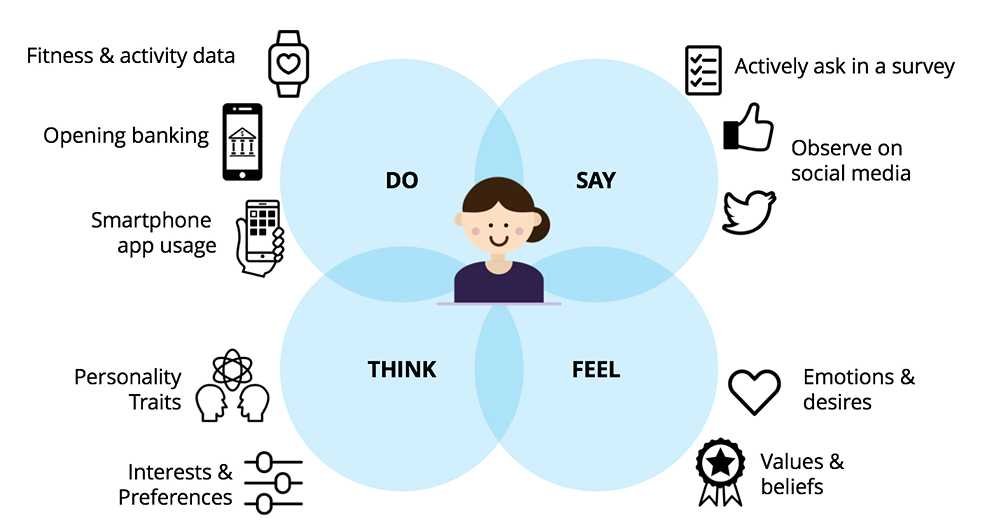
Data (singular = datum) are individual facts, statistics, or items of information and can be any character, text, word, number, picture, sound, or video.
All these, including web files and log activity records, constitute data.
In a more technical sense, data are a set of values of qualitative or quantitative variables about one or more persons or objects.
The data about data is called meta-data. Data in its most basic digital format is in binary i.e. consists of 1s and 0s.
To manipulate data, computers, and machines make use of programs.
These programs are collections of instructions to computers on how to treat the data being worked on.
Growth in the field of technology especially in smartphones, wearables, telemedicine, and the Internet of Medical Things (IoMT) has led to the generation of large sets of text, video, and audio.
These large data sets are the fuel that drives a business on the right path, providing actionable insights that help review current processes for effectiveness.
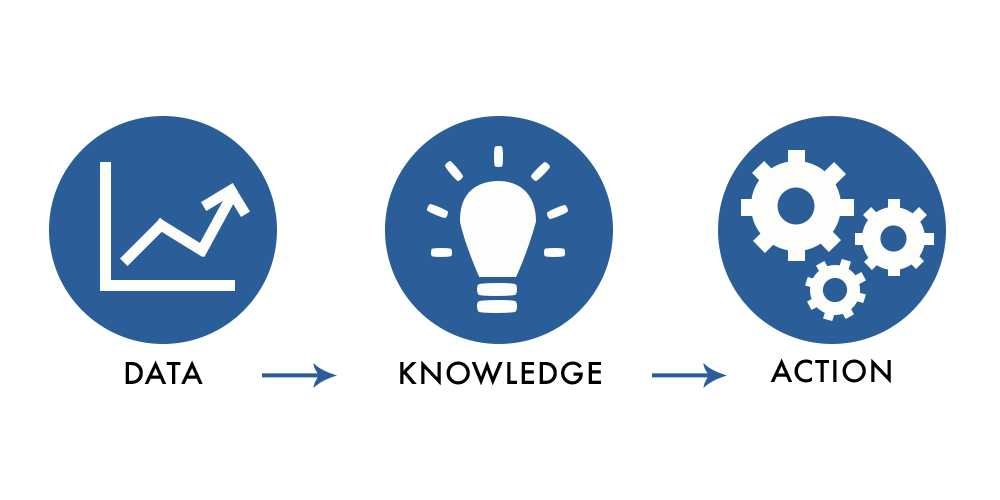
Data is not synonymous with information.
Data are gathered facts that are raw and random while information is useful data, formatted, processed, organized, specific, and structured in a manner that humans understand.
Through the use of programming scripts, or software applications, a computer can turn data into information that humans can understand.
Information is more useful than data, it is about what can be derived and leveraged from the data.
Data in binary form consists of 1s and 0s, each called a bit.
A set of 8 bits is referred to as a byte, 1000 of which is a kilobyte.
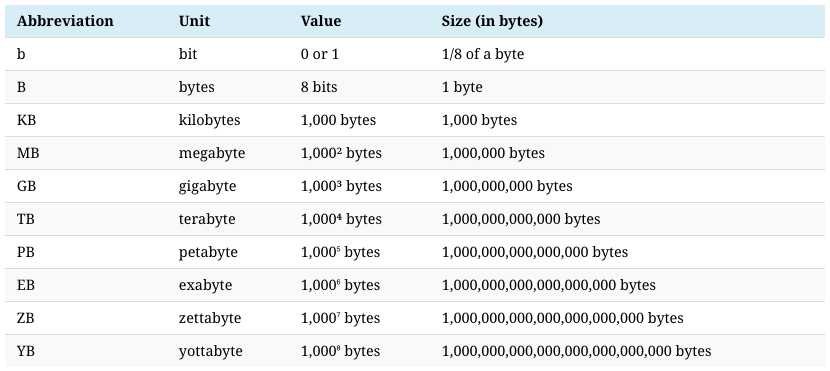
All data can be categorized as either human-readable (data formats understood by humans e.g. PDF document), computer-readable (data formats only understood by computers e.g. Parquet, Avro, etc), or by both humans and computers (e.g. HTML, CVS files, etc).
Advancements in the areas of AI, and machine learning have led to the development of these newer data formats designed to be readable by both humans and machines.
Types of data
1. In computer programming

In programming, a data type is an attribute associated with a piece of data that tells a computer system how to interpret its value.
Data types are used to organize different types of data in a program.
Different data types are represented in different ways inside a computer and need varying amounts of memory to store them.
- Primitive data: predefined types of data defined by programming languages.
- Numeric
- Integer: data type used to store numbers without a fractional component.
- Integer
- byte: an 8-bit (1-byte) integer value
- short: a 16-bit (2-byte) integer value
- int: a 32-bit (3-byte) integer value
- long: a 64-bit (4-byte) integer value
- Character: a 16-bit character. It is used to store a single letter, symbol, etc
- Integer
- Floating: a numeric data type used to store decimal numbers or those with a fractional component.
- Float: a 32-bit (4-byte) float-point value
- Double: a 64-bit (8-byte) float-point value
- Integer: data type used to store numbers without a fractional component.
- Boolean: a true or false value, also represented as 0 (for false) and 1 (for true).
- Numeric
- Non-primitive data: created by programmers, not defined by the programming language.
- Array: a data type that stores several elements in a specific order, data of the same types.
- String: It is a sequence of characters and the most commonly used data type to store text.
- Class
- Interface
2. In statistics
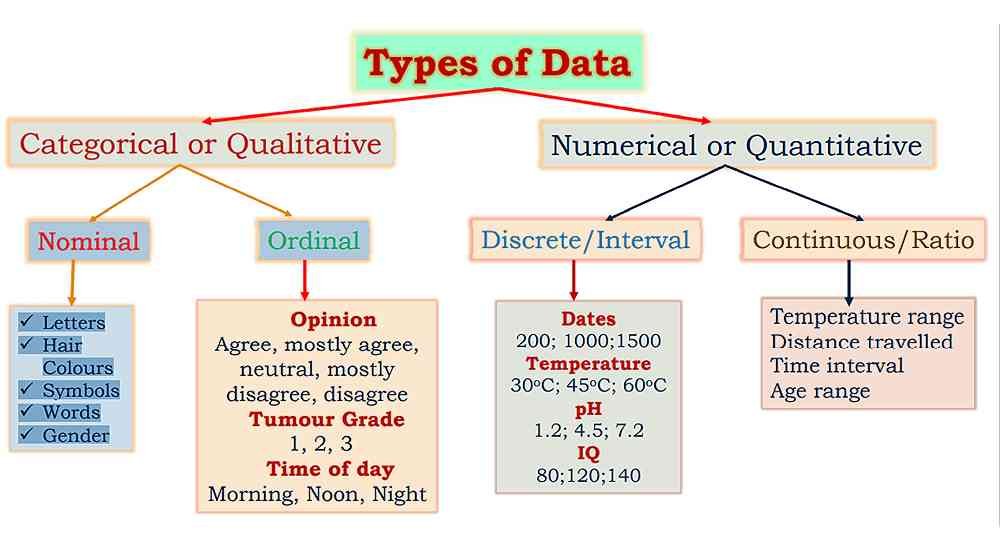
- Quantitative data: Quantitative data can be expressed as a number and can be quantified, it can be measured by numerical variables. They are easily amenable to statistical manipulation and can be represented by a wide variety of statistical types of graphs and charts such as lines, bar graphs, scatter plots, etc. It answers key questions such as “how many, “how much” and “how often”. Examples include the price of a smartphone, discounts offered on a product, etc.
- Nominal data: Nominal data is used just for labeling variables, without any type of quantitative value. It names a thing without applying it to order. There is no intrinsic ordering to the variables, examples include gender (Women, Men), etc.
- Ordinal data: Ordinal data introduces order, it shows where a number is in order, indicating some sort of superiority in variables. However, you cannot do arithmetic with ordinal numbers because they only show sequences. Ordinal variables are considered as “in-between” qualitative and quantitative variables. Examples include first, second, third, etc
- Qualitative data: qualitative data consist of words, pictures, and symbols, not numbers hence, can’t be measured. Also called categorical data, qualitative data can be sorted into categories. Qualitative data can answer questions such as “How this has happened” or “Why this has happened”. Examples include names (John, Patricia, etc), ethnicity (American Indian, etc.)
-
- Discrete data: Data count involving only integers. The discrete values cannot be subdivided into parts. The data variables cannot be divided into smaller parts. It has a limited number of possible values. Examples include the number of speakers in a phone, cameras, cores in the processor, etc.
- Continuous data: Continuous data is information that could be meaningfully divided into finer levels, almost any numeric value between two numbers. If the point of measurement can be reduced in half and still make sense, the data is continuous. Examples include the height of children, the speed of cars, etc
Uses of Data
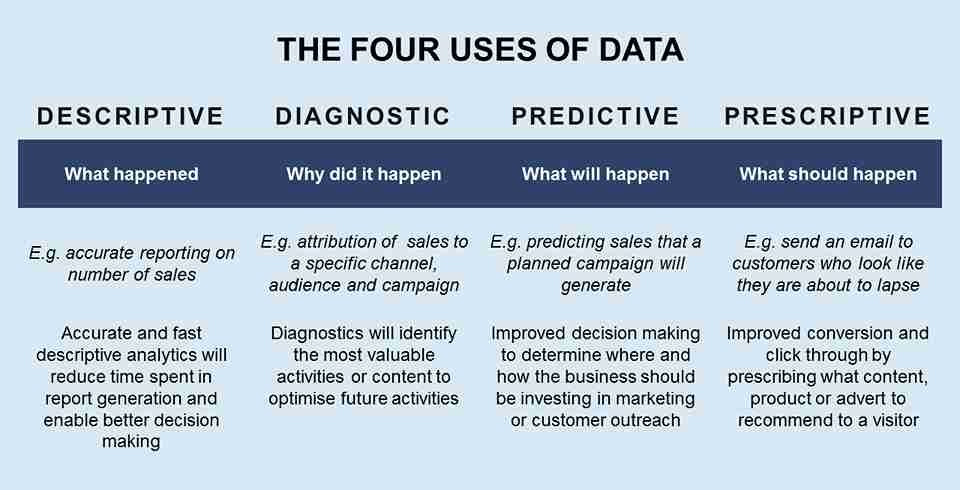
The uses of data are industry-dependent, as there are several applications specific to several industries however, some of the uses cut across the board, including the following…
- Data helps to improve humanity’s quality of life by making room for better decisions.
- Data from strategies or projects helps to assess or measure their effectiveness.
- Data helps to identify the causes of problems towards preferred solutions to them.
- Data provides the facts needed to bolster a standing or support an argument
- In assessing a strategy, data comes in handy in measuring its progress
- Data analysis helps identify ways to optimize expenses and reduce costs
Obisesan Damola
Damola is a medical doctor who has worked in the Nigerian healthcare industry for a little over 3 years in a number of primary, secondary, and tertiary hospitals. He is interested in and writes about how technology is helping to shape the healthcare industry. He graduated from the College of Medicine, University of Ibadan, the foremost medical training institution in Nigeria.

